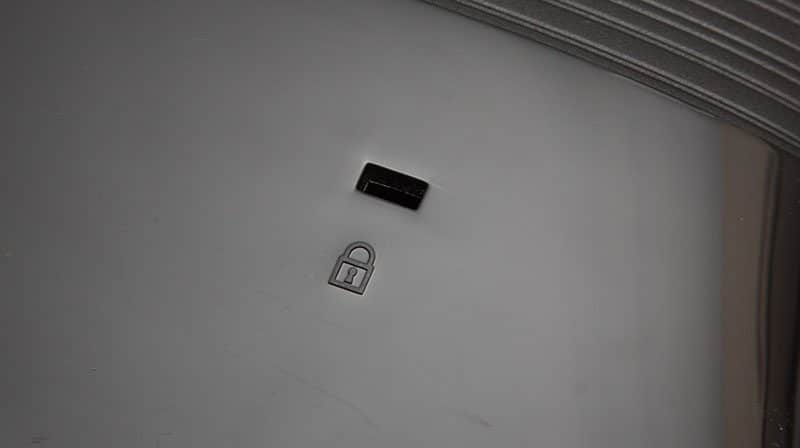Philips 231C5 SmoothTouch 23″ IPS Monitor Review
Chris Hadley / 10 years ago
A Closer Look
Placing all the accessories and packaging aside, we can first off see where this monitor differs from most other displays with the screen itself sitting directly on the desk. Around the edge of the IPS panel Philips have left a reasonable amount of bezel and to cover the front of the display is a gloss effect plastic cover which contains the touch screen elements of the display.
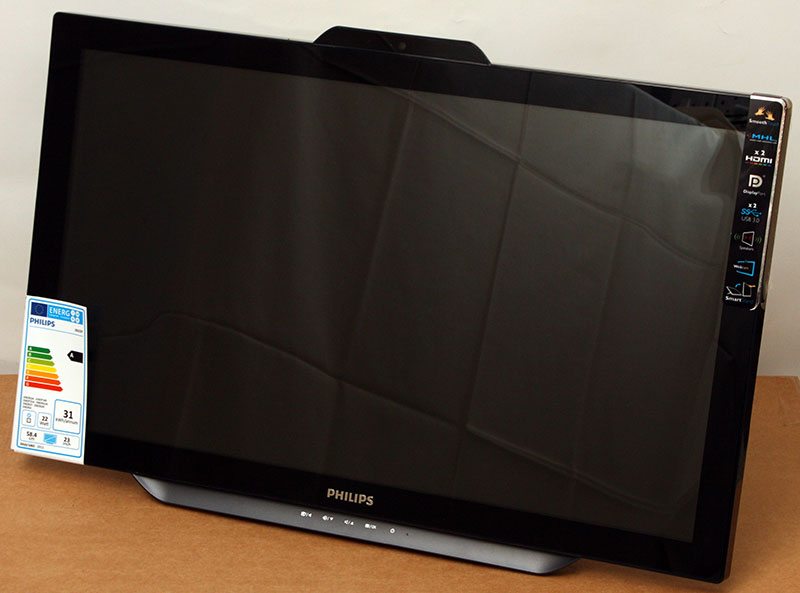
Protruding out of the upper edge of the display is a 1MP web cam and to either side of that we just see two small holes, behind which sits the microphones for stereo sound.
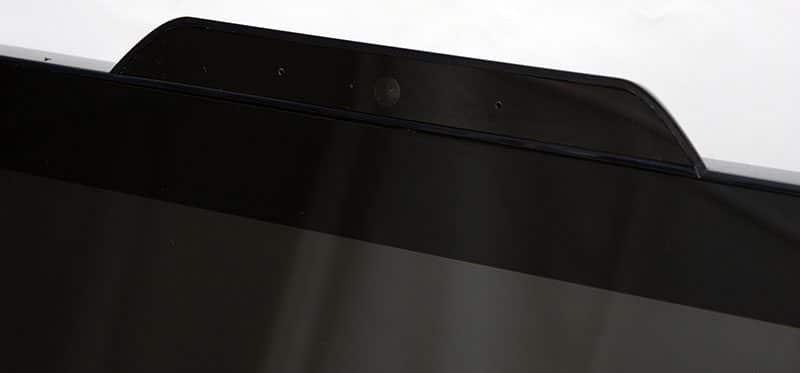
Running along the lower edge of the display is the controls for the On-Screen display. As you may be able to make out however, there are no actual button within the frames of the monitor, instead each of the icons on the framework itself is touch sensitive.
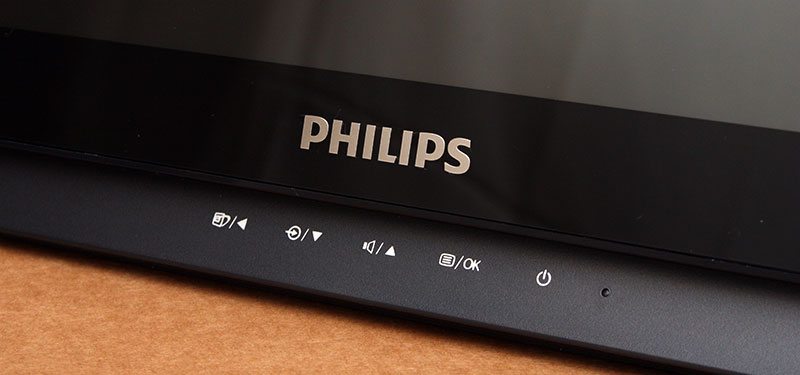
Turning the monitor around, the first thing that we catch our eyes on is the stand that allows the screen to sit at a rather shallow for ease of use whilst using the touch screen for painting applications for example. Directly above this is a VESA 100 mount point, to which we find a slot either in the casing. Looking through these slots we find that the monitors 1W speakers are mounted here and above everything else a third slot sits in the middle of the panel towards the top of the screen to vent any heat away from the panel during use. Whilst the front of the display has a glossy coating, the rear of the monitor is finished in a matte effect with a series of randomly spaced ridges running from the upper edge of the panel right down to just above the input ports.
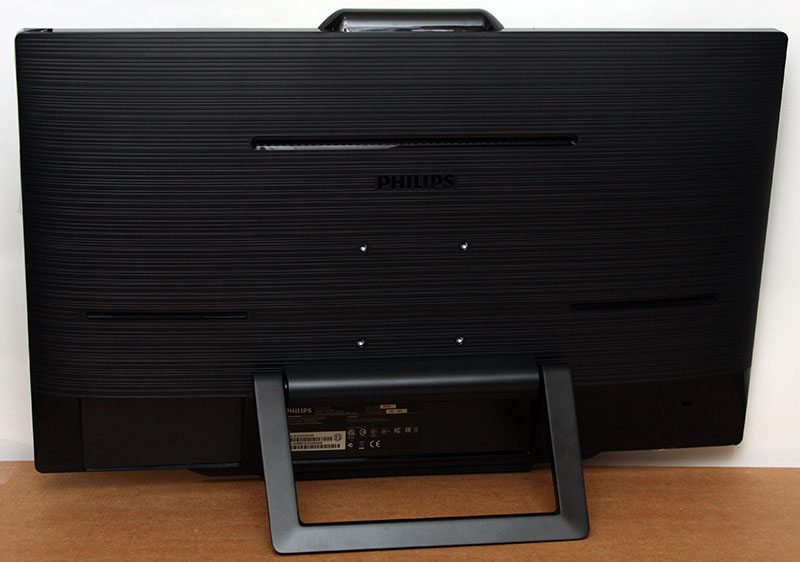
Tucked right underside the panel we find an array of inputs, including two HDMI ports – one with MHL capabilities, a full-sized DisplayPort, VGA, two USB3.0 ports and a native USB3.0 input, stereo audio in/out and a DC power jack. Running parallel to the inputs on the lower edge of the screen we can see a rubber foot which stops the display from sliding around on a desk. This is especially important with a touch screen panel as the last thing we want to see is the screen moving back when we press it!
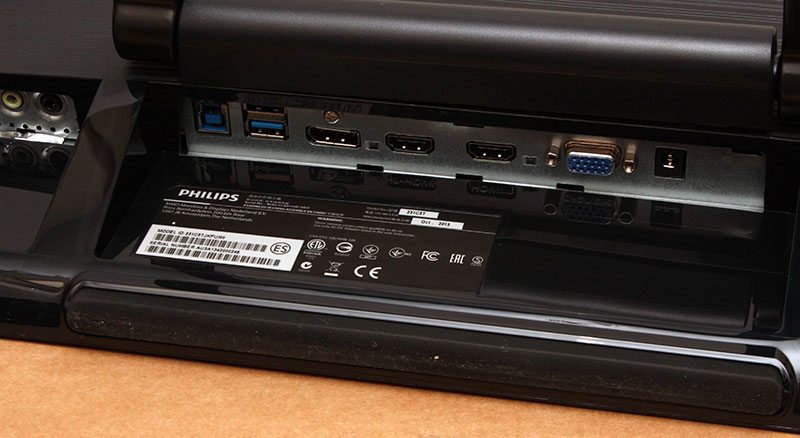
To the right hand side we get the obligatory Kensington lock point. As I highlighted in one of my other recent reviews, Kensington lock points are a highly overlooked feature, after all the last thing that any of us wants to find is some expensive hardware and peripherals going missing whilst we are away.
